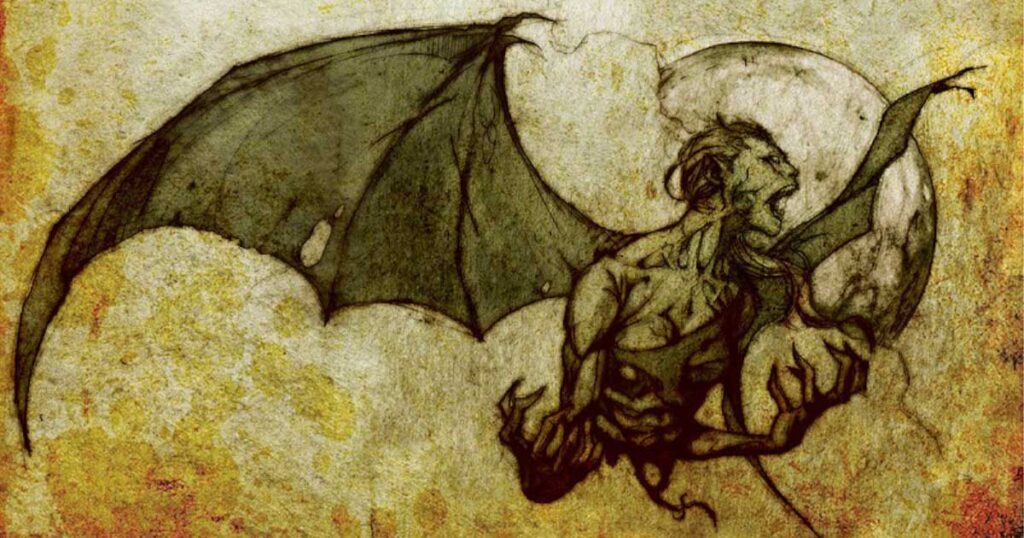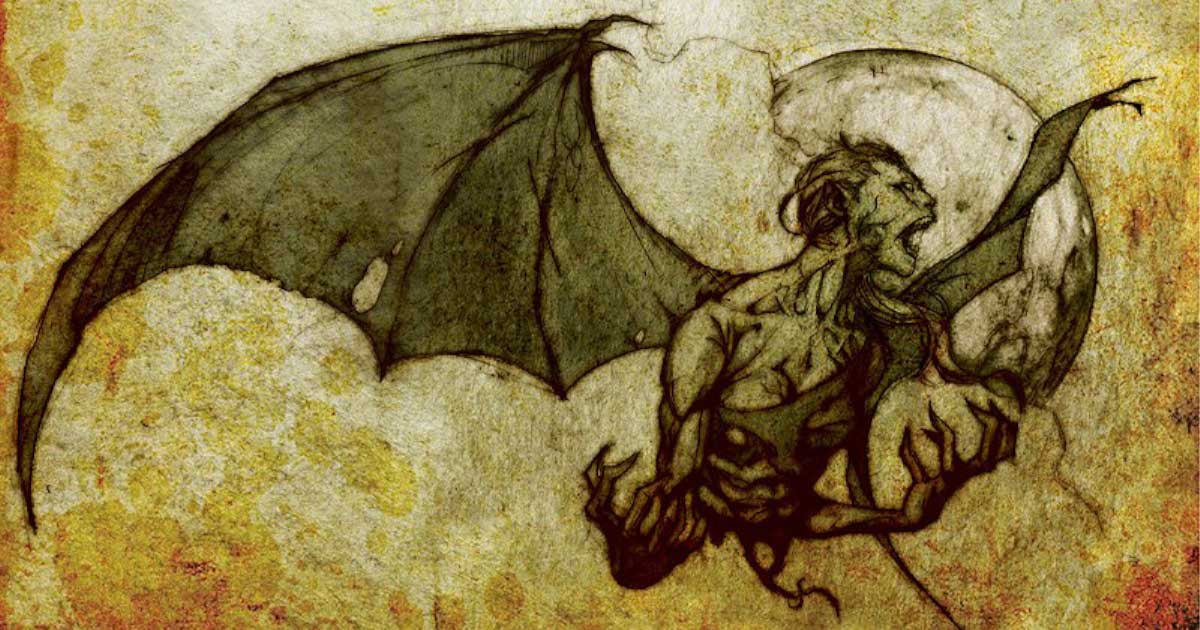

Police in the Philippines are working to ease the fears of residents in a city where reports of a fearsome creature have been circulating. The strange incident began last Thursday evening in the community of Talisay when two girls reported seeing a bizarre creature perched on a house.
According to the witnesses, the creature had bat-like wings and was able to detach its body at the torso, which is a characteristic feature of the mythical creature known as a ‘ manananggal’ in Philippine folklore. The girls were shaken by the encounter and reported the sighting to the police.
Spreading Like Wildfire: A Sighting Not to Behold
The news of the sighting quickly spread, and soon the entire community was abuzz with talk of the manananggal. Several days after the initial sighting, reports emerged of another creature seen in a nearby town. This creature was described as having a human body but a head that resembled that of a pig. The reports have added to the fears and concerns of the community, and local authorities began to take the matter seriously, reports Coast to Coast.
In an effort to calm residents, the authorities held a press conference to address the issue. They promised to investigate the reports and urged residents to report any unusual sightings or incidents to the police. They also advised residents to refrain from sharing rumors and hearsay about the manananggal, as this could cause unnecessary panic and fear.
Meanwhile, the two witnesses who reported the sighting of the manananggal are said to be receiving counseling to help them deal with the trauma of the encounter. Local authorities have assured residents that they are taking the matter seriously and are doing everything they can to ensure the safety and well-being of the community. Despite this, rumors of the manananggal continue to circulate, and many residents are still on edge, fearful of encountering the creature in the dead of night.

An artist’s representation of the Philippine mythical creature the manananggal. (Mdv Edwards/Adobe Stock)
Who is the Manananggal?
The Manananggal is a mythological creature from Philippine folklore. It is typically described as a female monster or witch that can detach her upper body from her lower body and grow wings to fly at night in search of prey, usually pregnant women and their unborn children.
The lower half of the Manananggal is said to stay behind and is vulnerable to attack during this time. To prevent the Manananggal from reattaching, salt or ash should be spread on the lower half of the body, so the myth goes. The creature is also said to have an aversion to garlic and to be vulnerable to sunlight, which can cause it to turn to ash. The legend of the Manananggal has been the subject of many Filipino horror films and is still a popular part of Philippine culture.
Manananggals are a type of aswang, meaning ‘evil spirit’, with the name deriving from ‘tangal,” which means “to remove.” Similar creatures exist in Southeast Asia, such as the penanggal in Malaysia and the krasue in Thailand, but they detach from their heads instead of their lower torsos.
In ancient Philippine culture, women held important positions as shaman priestesses, healers, midwives, and mediums, and had some degree of sexual freedom.
A seminal work by Kathleen Nadeau titled ‘Aswang and Other Kinds of Witches: A Comparative Analysis’ examines the roots of aswang folklore.
“The real fear of the Europeans may be based on the fear of uncontrollable women. In contrast, the fear in regional Southeast Asia may be of something or someone who may represent a danger to their children,” Nadeau writes.
An example of the chilling effect the manananggal has on local populations was witnessed in the 1992 elections. The Tondo district of Manila was consumed with rumors of a manananggal terrorizing the area, as reported by the Associated Press. The Chicago Tribune mentioned that many local women suffered miscarriages during this time and attributed them to the manananggal. “In my village, no pregnant woman goes out after dark,” Elvira Militante told the Chicago Tribune.